 |
| US 27 at the Tennessee State Line – McCreary County, Ky. |
On a recent trip to Tennessee, I found myself eschewing the interstate in favor of Highway 27. From the Tennessee border, one crosses through McCreary, Pulaski, Lincoln, Garrard and Jessamine counties and the trip marked my first venture into McCreary County.
When not travelling by interstate, a state line can be a fascinating place. A noticeable line in the asphalt marks where one transportation’s work ends and another begins. ‘Unbridled’ signage encourages entrance to Kentucky while the “McCreary County” and “Mile 0” signs are mere statements of fact. But the broader picture is grand. At the state line, Kentucky’s state flower – goldenrod – grows. A cigarette store in Kentucky sits only feet from Tennessee, but offers our neighbors to the south a great discount on tobacco due to our lower taxes on the product. But Rocky Top isn’t short changed as they host a liquor store a mere 15 yards from dry McCreary County.
McCreary County is quite unique in that its county seat, Whitley City, is not an incorporated city. In fact, McCreary County has no incorporated cities or towns — the only county in Kentucky with such a claim. McCreary County was the last Kentucky county – #120 – when it was formed in 1912 from Pulaski, Wayne and Whitley counties.
During the Civil War, the area was very pro-Union. Even so, the county is named after a Confederate war hero and two-term Kentucky governor, James B. McCreary. It is a beautiful county that creates another beautiful entrance into the Commonwealth.











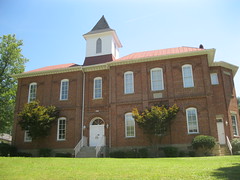
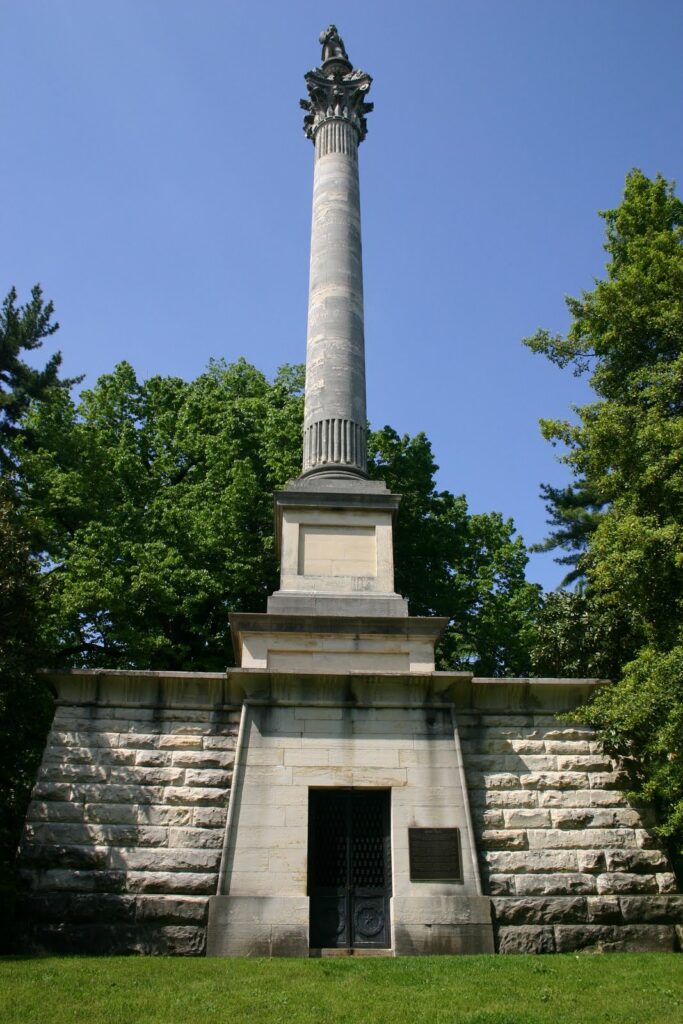
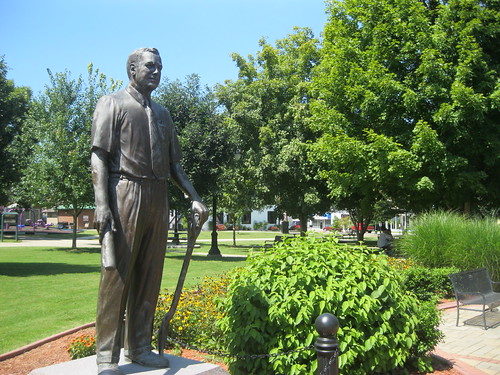


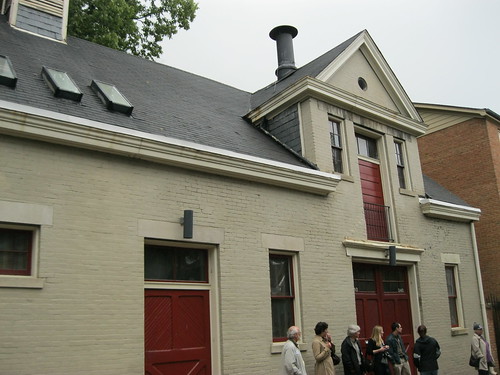
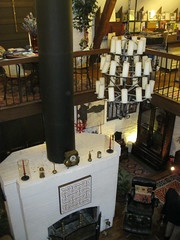

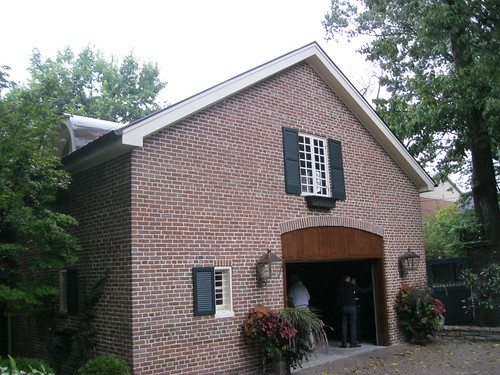


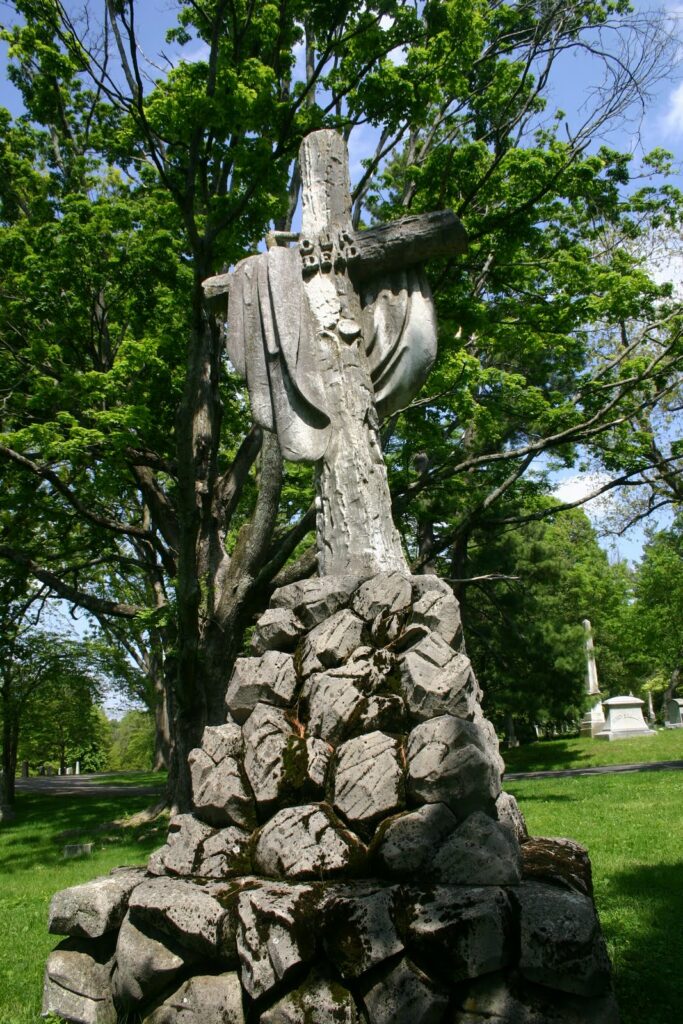
 First, the
First, the